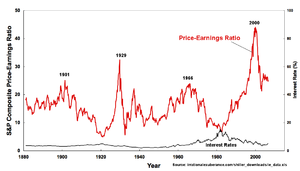We instinctively know that to build wealth, we need to take control of our finances. But to get started investing is a daunting task. From pundits shilling stocks to brokers selling themselves on CNBC, it is easy to conclude that the deck is stacked against the individual investor. However, not all is lot. A volatile market like ours rewards patience, something that I see is in very short supply. The retail investor, and this is true across different markets, gets in too late and gets out too early. Call it the itchy trigger finger or the lack of courage in one’s conviction, retail investors often end up being contrarian statistics to institutional money. If retail is buying, sell, sell, sell!
Not all is lost. The waters might seem treacherous, but are navigable. The first step is to be in the right frame of mind. If you think of making money as a zero sum game, i.e., for you to make money, someone else has to lose it, then you will never make money! Wealth is created by the value creation process. So the first step is to understand that an infinite amount of wealth can be created because human ingenuity will always figure out a way to create value.
The second step is to distance yourself from what you can do with money, to what it actually is. It is nothing more than a piece of paper with a dead man’s picture on it. It is not really backed by anything other than your faith in its value (this is an entirely different post altogether). So try to be even minded whether you are making money or losing it.
The third thing is to write down 4-5 lines on how much risk you can take. Capital comes in two forms, one that is in your pocket and the other is mental. Mental capital is much more expensive than the notes in your pocket. If you can’t take the heat, stay away from the stove! Once you figure out what your risk appetite is, you can then start looking for investments that fit your profile.
Number four: valuation matters. We’ll get to what valuation is in future posts, but leave momentum chasing to the machines. Make sure that you buy stocks when they are cheap (fundamental) and have bottomed out (technical). Analyse, analyse, analyse. Make sure you understand what the company makes (how does it create value?), the regulatory backdrop and be prepared to change your stance if the situation demands.
And lastly, remember this: In “good times,” even errors are profitable; in “bad times” even the most well researched trades go awry. Be nimble, be smart and rely on process rathe than luck.
Good luck and stay tuned!






